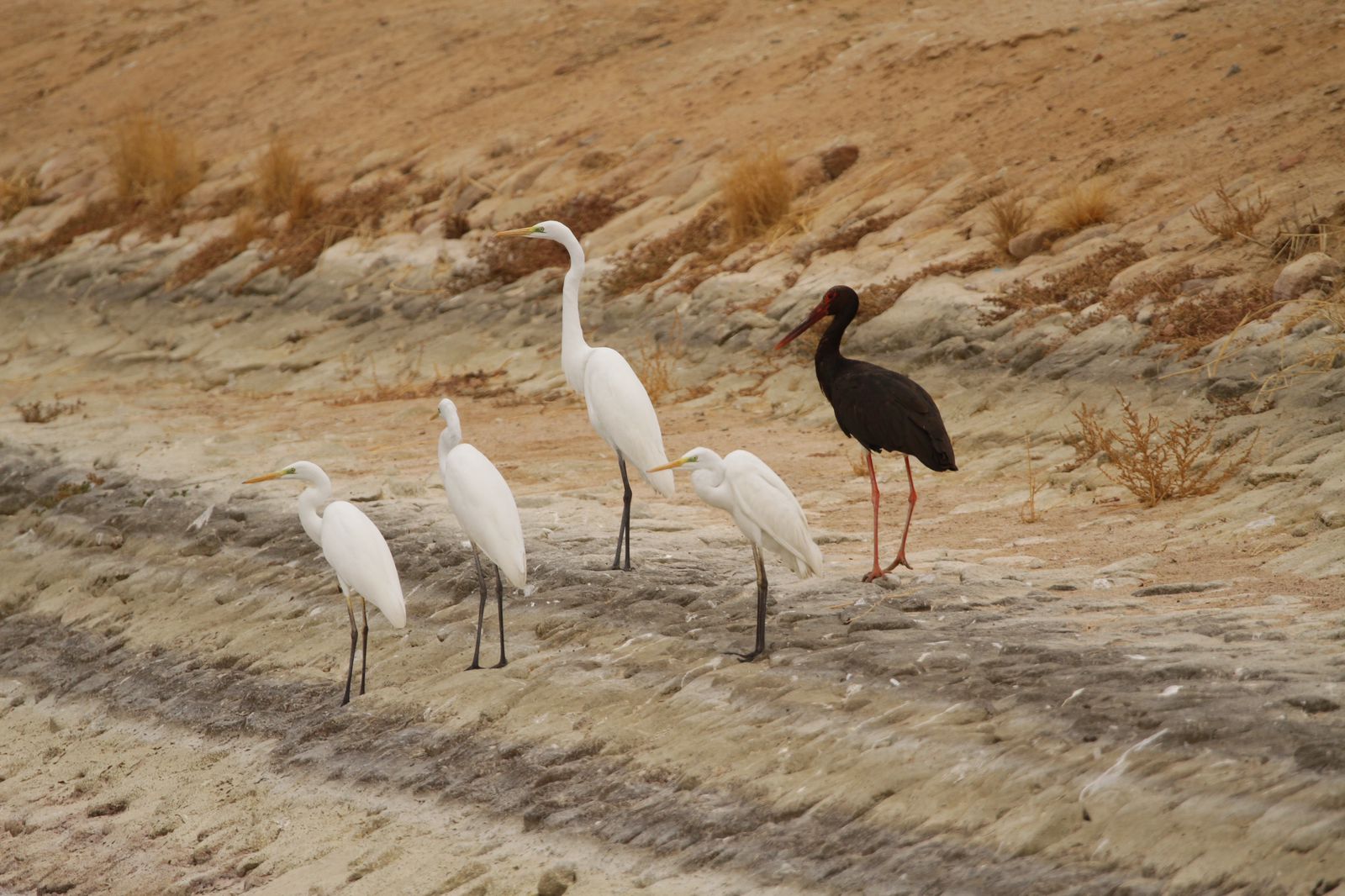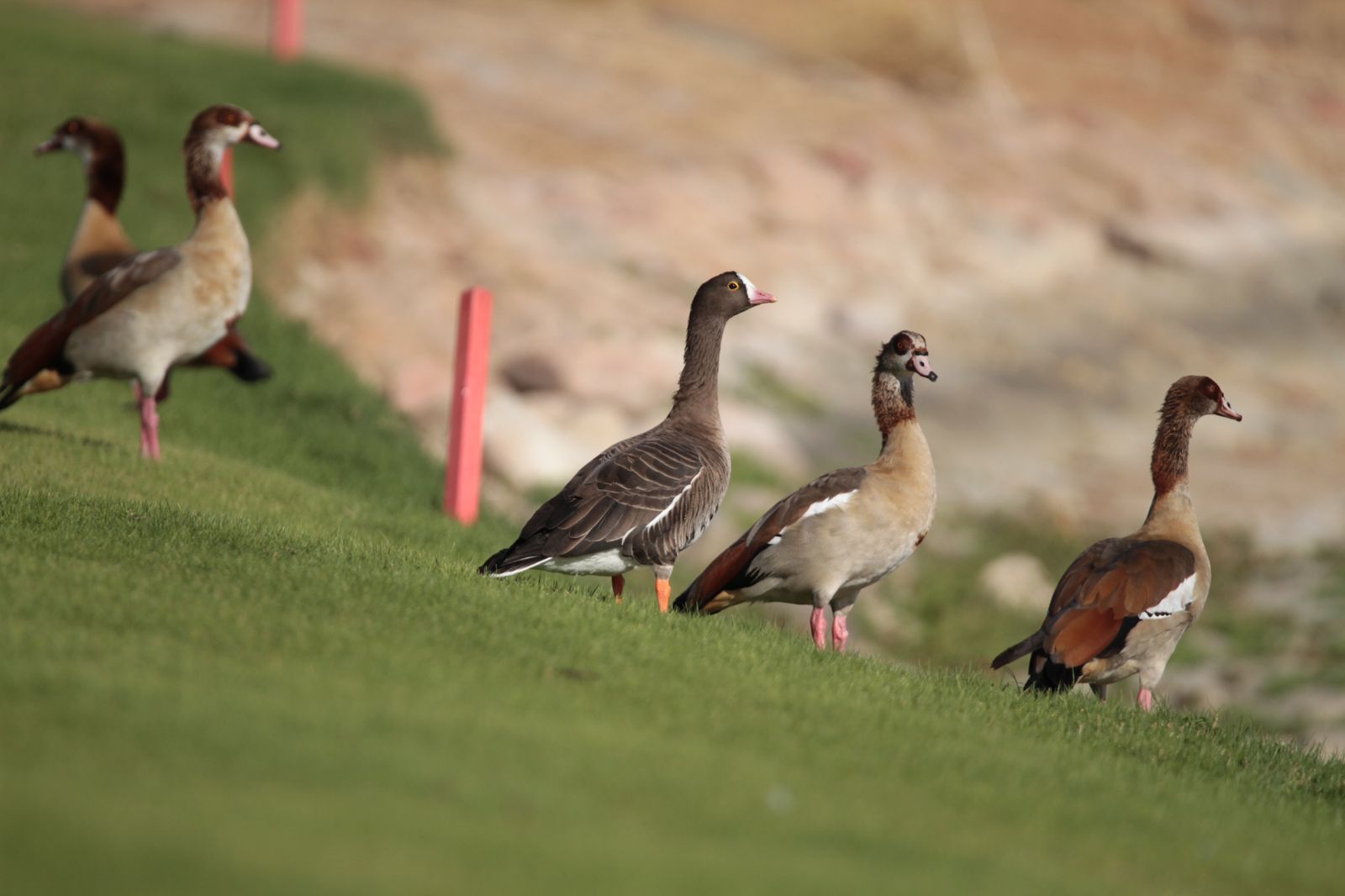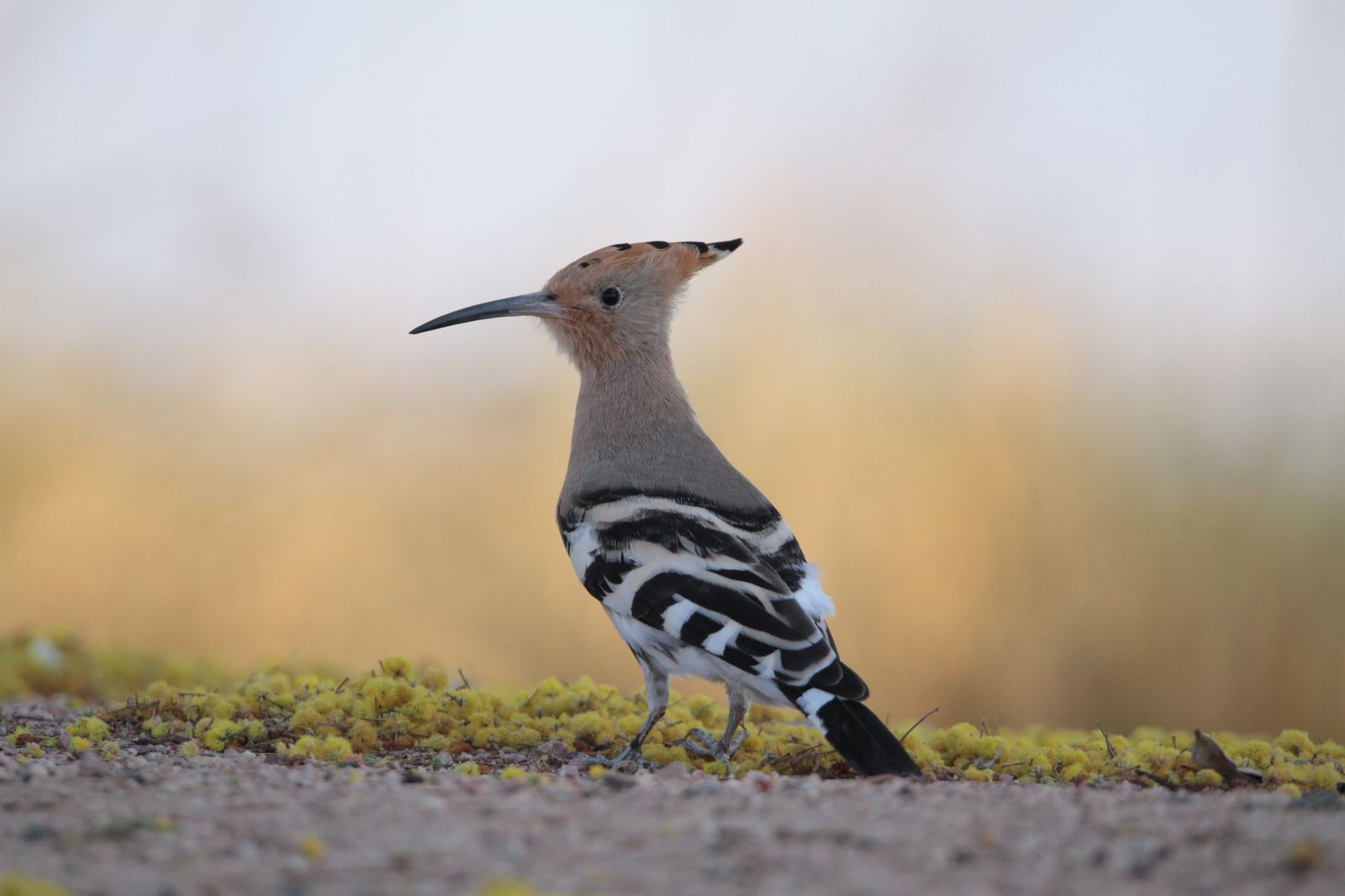Ayla Hosted 93 Bird Species During Autumn Migration Including Rare and Endangered Species
The autumn 2023 migration season survey by the Royal Society for the Conservation of Nature’s (RSCN) Aqaba Bird Observatory highlighted Ayla’s crucial role as a haven for migratory birds. The findings underscore Ayla’s importance in biodiversity conservation by offering a variety of habitats that not only support these birds but also attract birdwatching tourism, reinforcing its reputation as a key site for avian rest and recuperation.
The survey recommended the continuation of Ayla’s efforts to ensure the sustainability of these vital environmental systems.
The RSCN’s Aqaba Bird Observatory stated in its report that Aqaba occupies a prominent and strategic position on the world’s second most important bird migration route, making it a vital area for more than 1.5 million migratory waterbirds and millions of non-waterbird species during their migration between Eurasia and Africa.
Sahl Dudin, the Managing Director of Ayla Oasis Development Company, emphasized Ayla’s role as a crucial sanctuary for birds. Its diverse environments, including green spaces and artificial lakes, serve as vital rest stops for migratory birds. The abundance of documented bird species, exceeding 270, in key areas like the Aqaba Bird Observatory and Ayla project, underscores the significant role these environments play. They provide essential comfort and nutrition to birds during their challenging migrations, enabling them to sustain ecosystems and benefit humanity.
The report indicated that Ayla and the RSCN are making significant efforts to promote birdwatching tourism in Aqaba that contributes to the development of the city of Aqaba, whether for the tourism sector or for society as a whole.
Feras Rahahleh, Manager of the Aqaba Bird Observatory, reported that the bird survey conducted in Ayla during the autumn migration season of 2023 identified 93 bird species, including four threatened ones. Among these findings was documentation of a rare species observed in Jordan, as confirmed by the National Committee for Rare Birds Registration. Notably, a new sighting of the Lesser White-fronted Goose was recorded during this season, marking only the second such sighting in Jordan’s records, with the first one documented in 2018.
Furthermore, in November of last year, the presence of Ferruginous Ducks was documented in Ayla, with observations of four pairs. This bird species faces threats of extinction both locally and globally due to habitat degradation. Rahahleh emphasized that the sustainability of Ayla’s environment presents an opportunity for the presence and breeding of Ferruginous Ducks. Additionally, two other threatened species were recorded, including the Steppe Eagle and the Lapwing.
The survey concluded that ideal environmental practices have formed a successful model in Ayla, confirming the importance of a strong integrated approach to achieve means of biodiversity protection in one of the largest urban development projects.
Ayla habitats, green spaces, and waterways are the result of deliberate development that greatly enhances Ayla’s attractiveness to migratory birds due to the availability of water and marine habitats, turning these environments into preferred destinations for birdwatchers.
In one of the world’s most water-poor countries, Ayla utilizes mechanically treated water to plant trees and green spaces, then recycles it for use in water bodies, green areas, and golf courses. This innovative approach not only helps adapt to climate change impacts in Jordan but also sets a precedent for biodiversity preservation and sustainable development.
Birdwatching tourism in Ayla, in addition to its economic benefits, works to enhance environmental awareness, community development, and resilience to climate impacts.
Therefore, the RSCN, through the Aqaba Bird Observatory, has implemented training programs to enhance birdwatching skills among Ayla’s workers to enable them to effectively operate Ayla’s Bird Trail for bird monitoring, as an opportunity that may positively impact the city’s development reality.
The survey concluded that these efforts contribute to enhancing the integration of environmental systems – where birds contribute to pest control and pollination – as well as contribute to directing the necessary strategies for the stability of the ecosystem.
.






